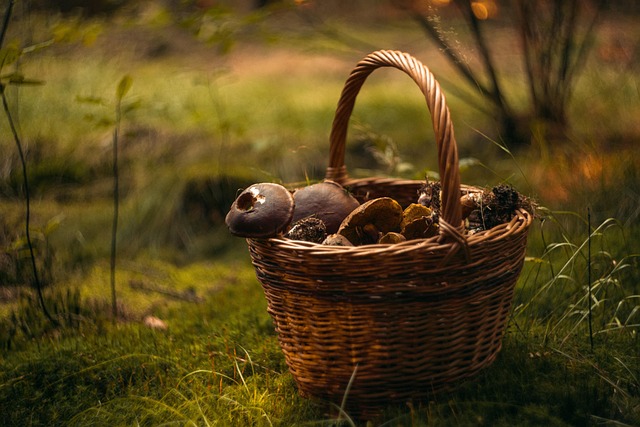Exploring the World of Culinary Foraging Adventures
Embark on a gastronomic journey that takes you off the beaten path and into the heart of nature. Culinary foraging adventures are reshaping the way travelers experience local cuisines and connect with the environment. This emerging trend combines the thrill of exploration with the satisfaction of sourcing your own ingredients, offering a unique perspective on sustainable travel and authentic culinary experiences.

From Forest to Plate: The Modern Foraging Experience
Today’s culinary foraging adventures blend traditional knowledge with modern gastronomy. Travelers can join expert guides to explore diverse ecosystems, from coastal shorelines to dense forests, learning to identify and harvest edible plants, mushrooms, and even insects. These excursions often culminate in preparing and enjoying a meal using the foraged ingredients, creating a truly immersive farm-to-table experience.
The Global Spread of Foraging Tours
Foraging tours have gained popularity across the globe, each offering a unique glimpse into local ecosystems and culinary traditions. In Scandinavia, travelers can search for wild berries and herbs in the pristine forests. The Pacific Northwest of the United States offers opportunities to forage for prized mushrooms and coastal edibles. Meanwhile, in Australia, bush tucker tours introduce visitors to indigenous foods and traditional foraging techniques.
Sustainability and Conservation in Foraging
As the popularity of culinary foraging grows, so does the emphasis on responsible practices. Many tour operators prioritize education about sustainable harvesting methods and the importance of preserving natural habitats. Participants learn not only what to forage but also how to do so without disrupting local ecosystems, ensuring that these experiences can continue for generations to come.
The Culinary Impact of Foraging Adventures
The rise of foraging experiences has influenced the broader culinary world. Chefs are increasingly incorporating foraged ingredients into their menus, creating dishes that reflect a strong sense of place and seasonality. This trend has sparked a renewed interest in forgotten or overlooked local ingredients, contributing to the preservation of culinary heritage and biodiversity.
Forager’s Guide: Essential Tips for Culinary Adventurers
• Always join guided tours or consult local experts when foraging in unfamiliar areas
• Learn to identify poisonous look-alikes before consuming any wild plants or fungi
• Respect local regulations and obtain necessary permits for foraging activities
• Use sustainable harvesting techniques to minimize impact on the environment
• Bring appropriate gear, including a guidebook, gloves, and a sturdy basket
• Be mindful of allergies and start with small quantities when trying new foraged foods
• Document your findings and share knowledge with fellow foraging enthusiasts
A New Frontier in Culinary Travel
Culinary foraging adventures represent a compelling intersection of travel, gastronomy, and environmental consciousness. By engaging travelers in the process of sourcing their own ingredients, these experiences foster a deeper appreciation for local ecosystems and traditional knowledge. As the trend continues to evolve, it promises to offer even more innovative ways for adventurous food lovers to explore the world through its wild flavors.





